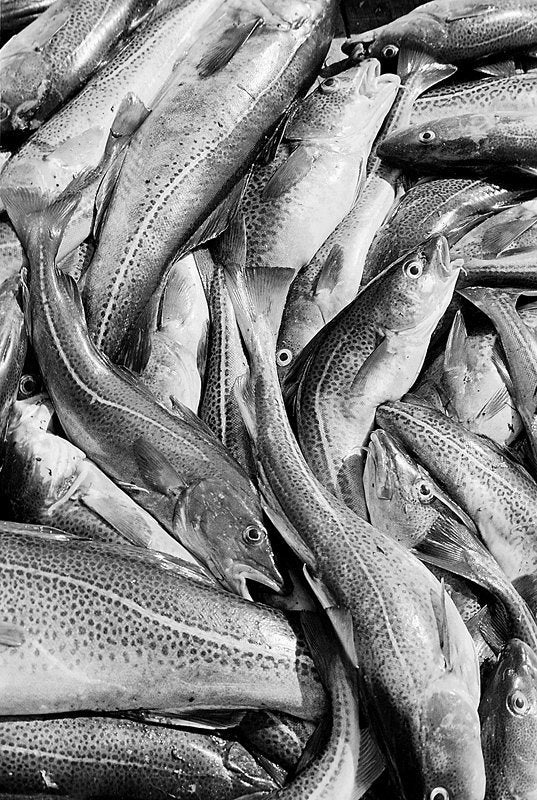
On March 29th the Trout Unlimited team and I met with leaders in the Obama administration and members of Congress to talk about Bristol Bay, its central importance to American fisheries and the dire threat those fisheries face from the proposed Pebble Mine project, which could potentially wreak havoc on the greatest known salmon spawning grounds left on earth.
In preparation for my meetings, I found myself trying to think up something that would resonate, something that would cast the usually ignored issue of fisheries protection in a presidentially important light. And then it came to me. Bristol Bay represents nothing less than a Strategic Seafood Reserve, a resource capable of providing 400 million highly nutritious meals a year to working families across the country.
Strategic reserves are a long established tradition in U.S. governmental planning. A National Forest System created in 1891 grew to become a resource of nearly 190 million acres of trees. This reserve represents not only important ecological habitat for many creatures that use the forest but also a long term supply of timber for the nation as a whole. Though there are of course many bones to pick with the Forest Service (insufficient protection of streamside areas and the practice of clear-cutting large timber leases just to name two), the agency does do one critical thing: it keeps forest land designated as forest land, protecting that land from being dangerously re-purposed. This ensures the availability of a renewable resource for generations of Americans to come.
The Strategic Petroleum Reserve created in the wake of the OPEC oil crisis in the 1970s is another governmental planning means that protects the nation's security. But here the concept is a little different. We are keeping actual barrels of oil in reserve for the dark day when we'll come up short of what we need to keep our country moving until whatever crisis passes.
The idea of a Strategic Seafood Reserve borrows a little bit from both the Forest Service model and the Strategic Petroleum Reserve model. As with the National Forest Service, it would keep vitally important fisheries like the salmon nursery of Bristol Bay as salmon nurseries, not as copper mines or any other such thing. We would recognize the bay and its watershed first and foremost as an enduring source of food for Americans of today and tomorrow. And not fancy food either -- salt-of-the-earth, feed-your-family kind of food. The kind of food that sells regularly for under three bucks a can.
But a Bristol Bay Strategic Seafood Reserve would also be like the Strategic Petroleum Reserve in that it would literally be a resource we keep in the bank for all Americans in the event of a food shortage. With dire warnings about climate change-driven crop failures, this is not such a far-fetched idea.
And the beauty of a Bristol Bay Strategic Seafood Reserve is that we wouldn't have to build anything to store all that food. The bay itself is the storage facility. By designating the ocean area around the Bristol Bay salmon grounds as a critical food reserve, we would recognize that it is all a piece the sea, the river, the air -- all of it a way of making and storing food for Americans.